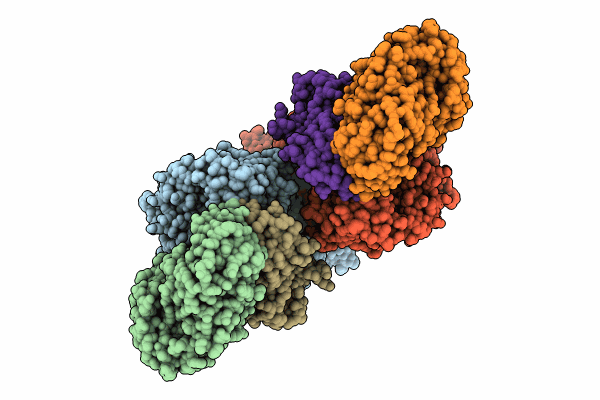
Deposition Date
2023-10-02
Release Date
2024-10-16
Last Version Date
2025-07-09
Entry Detail
PDB ID:
8UEM
Keywords:
Title:
The CryoEM structure of the high affinity Carbon monoxide dehydrogenase from Mycobacterium smegmatis
Biological Source:
Source Organism:
Mycolicibacterium smegmatis MC2 155 (Taxon ID: 246196)
Method Details:
Experimental Method:
Resolution:
1.85 Å
Aggregation State:
PARTICLE
Reconstruction Method:
SINGLE PARTICLE


